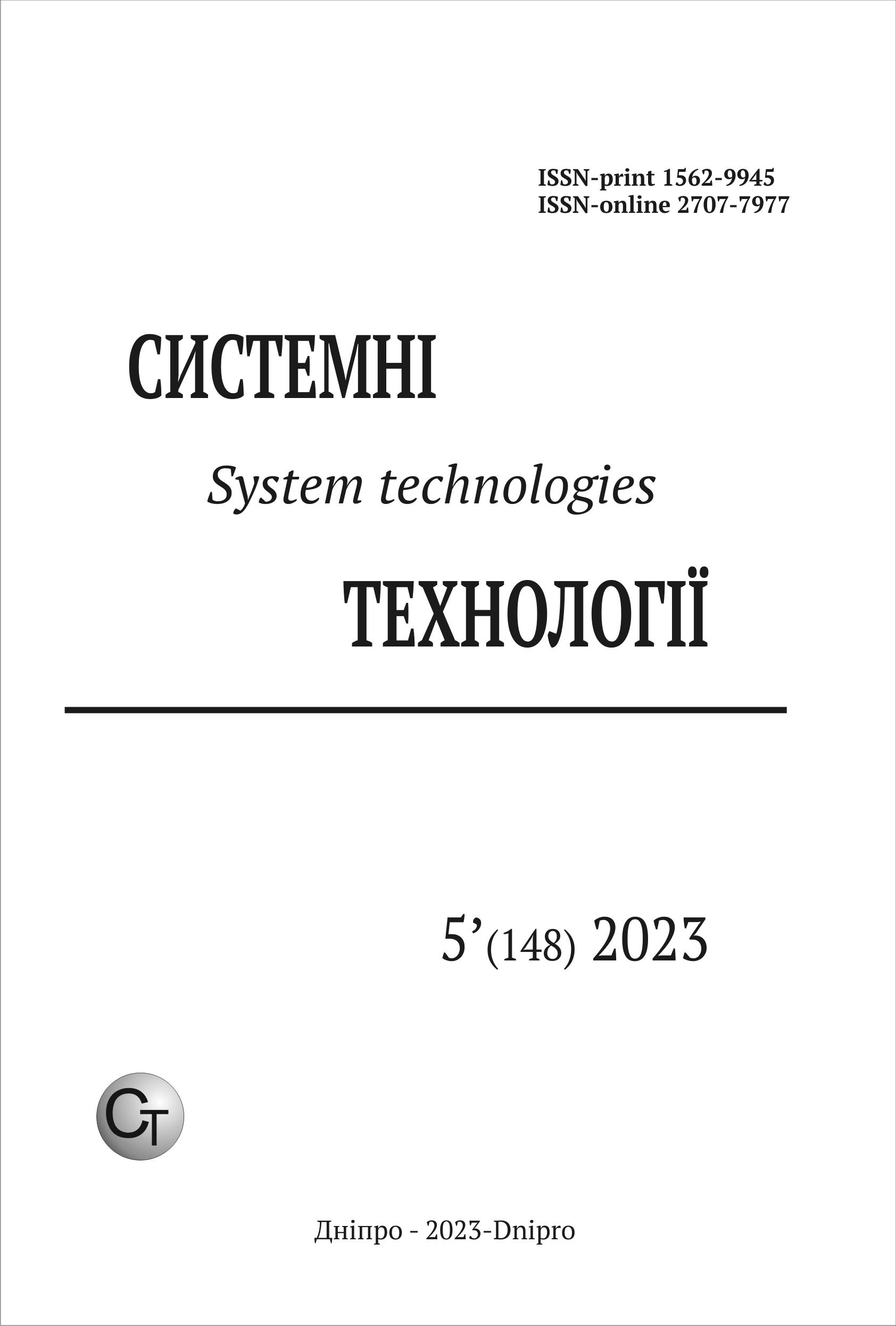ПРОГРАМНЕ ЗАБЕЗПЕЧЕННЯ РОЗУМНОГО ГОДИННИКА ДЛЯ САМОСТІЙНИХ ЗАНЯТЬ СПОРТОМ ТА ФІТНЕСОМ
DOI:
https://doi.org/10.34185/1562-9945-5-148-2023-09Ключові слова:
переносні пристрої, Xcode, годинники, здоров'я та фітнес, HealthKit.Анотація
За наявною статистикою, найбільш популярним розумним годинником серед користувачів є Apple Watch. На сьогодні існує більше 100 мільйонів унікальних користувачів цього девайсу, 75% з яких використовують його для занять спортом. Маючи широкий набір різноманітних датчиків для відстеження фізичних параметрів користувача, ані компанія Apple, ані сторонні розробники поки не розробили про-грамного забезпечення для систематизації усіх зібраних даних задля покращення фізичних параметрів спортсмена та досягнення особистих спортивних цілей. Метою дослідження є пошук можливості покращення фізичних параметрів почи-наючого спортсмена за рахунок комплексного аналізу зібраних розумним годинником даних його активності та створенні на основі цих даних більш персоналізованих рекомендацій. Запропоновано програмне забезпечення – застосунок для розумних годинників, який аналізує зібрану статистику тренувань та на її основі надає рекомендації по прове-денню поточного тренування.
Посилання
Gregersen E. Smartwatch [Electronic resource] / Erik Gregersen – Access mode: https://www.britannica.com/technology/smartwatch.
Apple Fitness [Electronic resource]. Access mode:
https://www.apple.com/apple-fitness-plus/
MyFitnessPal [Electronic resource]. Access mode:
Strava [Electronic resource]. Access mode: https://www.strava.com
Nike Training Club [Electronic resource]. Access mode:
FitOn [Electronic resource]. Access mode: https://fitonapp.com/
Garmin Daily Suggested Workouts [Electronic resource].
SwiftUI [Electronic resource]. Access mode:
https://developer.apple.com/XCode/swiftui/.
HealthKit [Electronic resource]. Access mode:
https://developer.apple.com/documentation/healthkit.
Robergs R. THE SURPRISING HISTORY OF THE “HRmax=220-age” / R. Robergs, R. Landwehr. – 2002. – С. 2–4.
Завантаження
Опубліковано
Номер
Розділ
Ліцензія
Авторське право (c) 2024 Системні технології

Ця робота ліцензується відповідно до ліцензії Creative Commons Attribution 4.0 International License.















